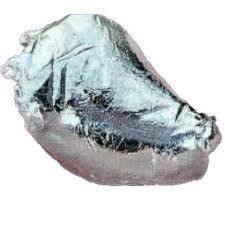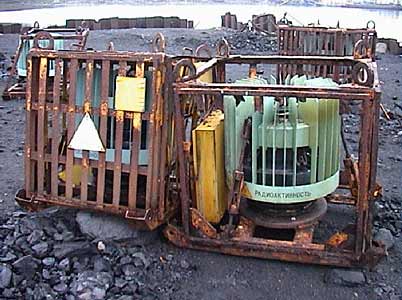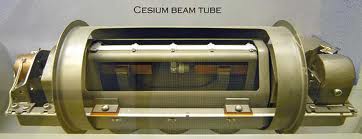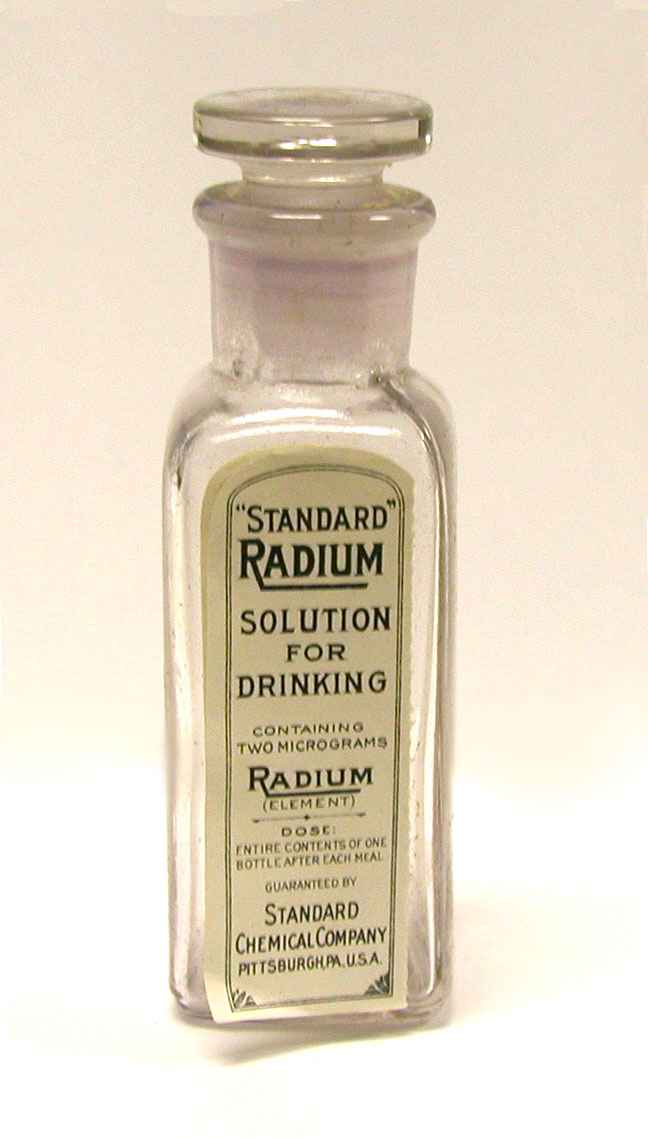Technetium is a chemical element with the symbol Tc and atomic number 43. It is a silvery gray, crystalline transition metal in the same column of the periodic table as manganese, rhenium and bohrium. Early forms of Mendeleyev’s periodic table showed a gap above manganese and Mendeleyev predicted many of its properties from its position in the table in 1871. Chemists searched for the missing element and there were a number of false announcements before its documented discovery at the University of Palermo in Italy by Carol Perrier and Emilio Sergre in 1943.
Solid technetium has an appearance similar to platinum but is usually produced as a gray powder. It becomes a superconductor when cooled near absolute zero. Technetium is reacts weakly with other elements and compounds. It forms compounds with hydrogen, oxygen, sulfur, sulfides, selenides and carbon.
Technetium is the lowest atomic weight element that has no stable isotopes. All of 56 of its isotopes are radioactive. They range in weight from 85 to 118 with numerous metastable states with excited nucleons. Their half-lives vary from Tc-85 with a half-life of less than 110 billionth of a second to Tc-98 with a half-life of 4.2 million years. The heavier isotopes decay by electron capture and become molybdenum-42 with emission of gamma rays from the metastable states. The lighter isotopes decay by beta emission of an electron or positron and gamma radiation. Gamma rays are also emitted in the metastable state.
Technetium-99 is a natural product of uranium fission and is found in minute quantities in uranium ore and in some red giant stars known as technetium stars. Tc-99 is produced in nuclear explosions and is present in fallout. Tc-99 is produced in fission reactors at a rate of about 6% from U-235, U-238 and Pu-239. A small amount is extracted for commercial purposes. Its long half-life, low energy beta emission, lack of gamma emission and ease of extraction from nuclear waste make it a standard beta emitter used for equipment calibration.
Technetium-99m is the most commonly used radioisotope in nuclear medicine. Tc-99m which decays to Tc-99 with a half-life of 6 hours.It is produced by bombardment of enriched uranium to produce molybdenum-99 which has a half-life of 67 hours and decays to Tc-99m. The Mo-99 is transported to medical facilities where the Tc-99m which is being constantly produced is chemically extracted. The short half-life and the distinctive gamma radiation produced by Tc-99 make it very useful for radiopharmaceutical imaging and functional studies of brain, thyroid, lungs, liver, gallbladder, kidneys, bones, blood and tumors.
Technetium-95m, a metastable state of Tc-95, has a half-life of 61 days and is used to trace movement of materials in plants, animals and the environment.
Technetium has no biological role and is not usually found in the human body. It has low chemical toxicity in living systems. As always, inhalation of particles of technetium can pose a cancer risk to the lungs. Tc-99 generated by nuclear fuel reprocessing is one of the main isotopes that poses a major problem for long term disposal.





